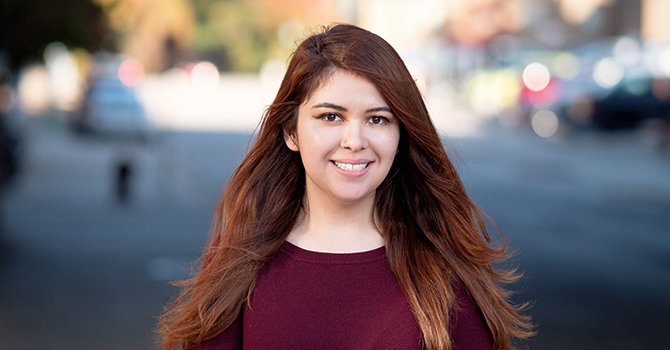
Merging Mathematical Skills and Public Health Interests through Biostatistics
Alicia Dominguez
Alicia Dominguez found biostatistics as a way to merge her quantitative skills with public health issues and topics she is passionate about.
Applications are open for fall 2026!
Apply Today
Alicia Dominguez found biostatistics as a way to merge her quantitative skills with public health issues and topics she is passionate about.
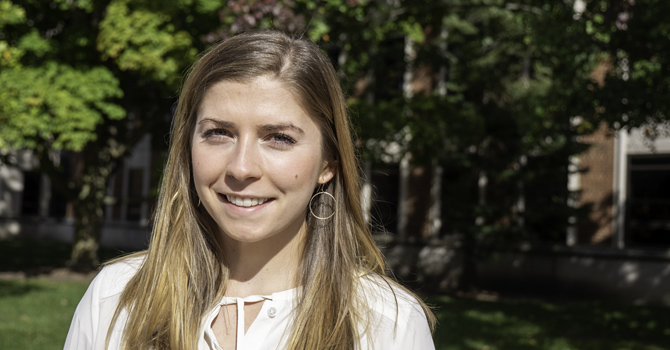
Katherine Hoffman was drawn to medicine and health care from a young age. When she realized that biostatistics would let her engage any other field in the health sciences, she decided to pursue it in graduate school and now loves to share the many ways a career in biostatistics can unfold.
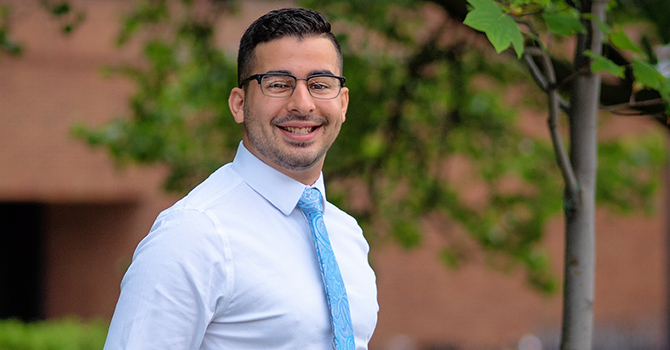
How does biostatistics keep doctoral student Stephen Salerno connected to his family’s passion for feeding people? He makes sure every research and volunteer experience is a chance to feed local and global communities with accessible data that helps alleviate and prevent health problems and health disparities.
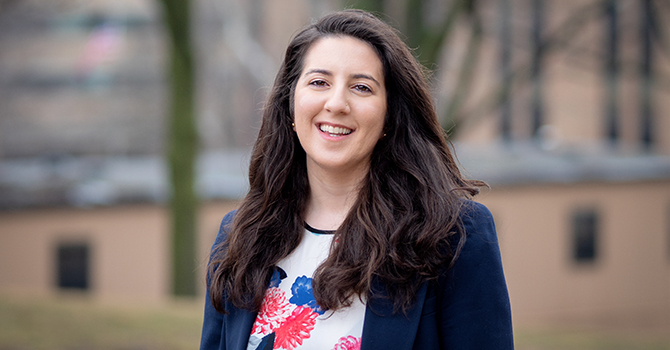
The path to public health isn’t always direct. For master’s student Candice Ammori, an interest in the intersection of sustainability and biostatistics was sparked by a public policy degree, global research, a stint in the tech industry, and more.
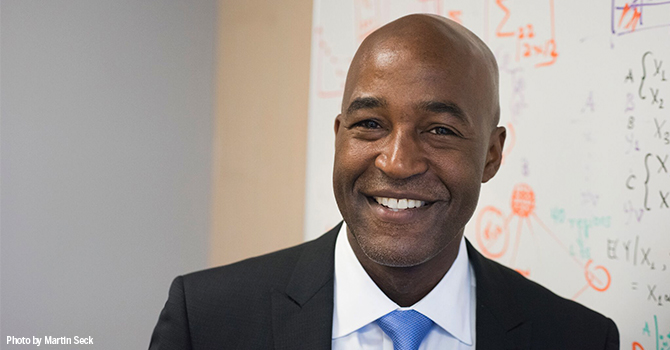
F. DuBois Bowman analyzes complex data in search of patterns that can help psychiatrists better understand the brain. As the incoming dean of Michigan Public Health reflects on his career, he can likewise see patterns that, while not always apparent at the time, led him to where he is today.
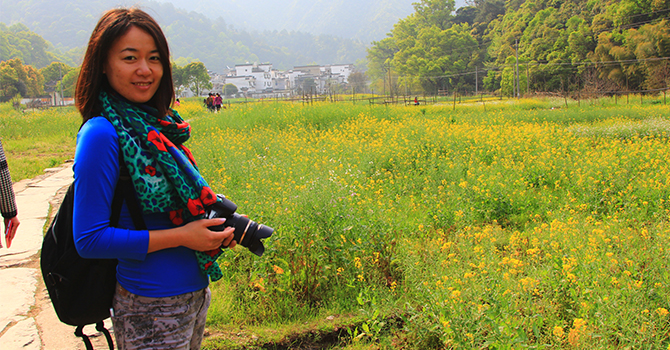
When Rena Sun encountered some frustrations in the working world, her Michigan training helped her pivot into a fulfilling career that is not quite the norm for a biostatistician.